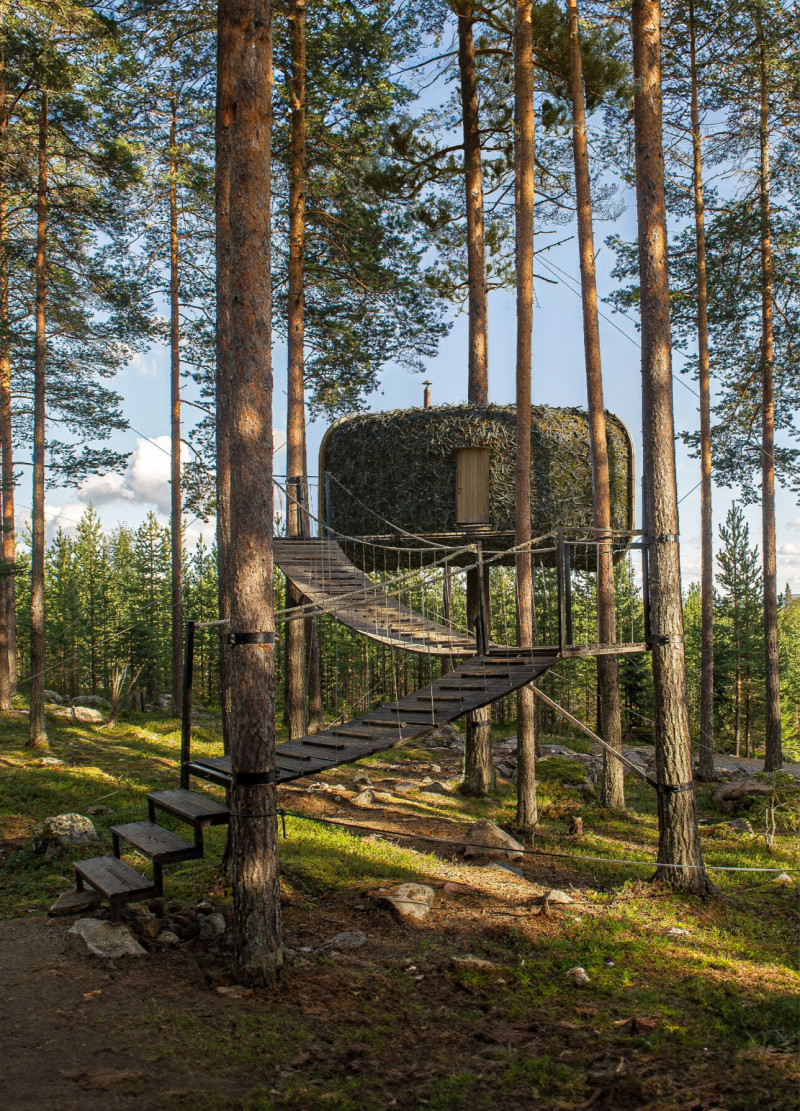5 key facts about this project
The building exemplifies a modern architectural language, prominently featuring clean lines and an emphasis on transparency. The extensive use of glass not only enhances the building's connection with its surroundings but also invites natural light to permeate the interior spaces, thus contributing to a sustainable and energy-efficient design. The façade, a harmonious blend of glass, timber, and concrete, showcases the project's commitment to materiality. The timber elements offer warmth and texture, creating a welcoming atmosphere, while the concrete provides structural integrity and a grounded presence.
As one moves through the project, key functional areas are distinctly articulated. An open plan layout encourages fluid movement between spaces, enhancing the user experience. Areas designated for social interaction are purposefully situated, fostering community connection and collaboration. This thoughtful spatial arrangement allows for versatility in use, accommodating diverse activities—from individual pursuits to larger gatherings. The design incorporates various scales of space, providing intimate enclaves alongside expansive communal areas, reflecting a nuanced understanding of human interaction.
The landscape surrounding the structure plays a vital role in the overall design narrative. Green spaces have been thoughtfully integrated, with native plant species selected to minimize maintenance and promote biodiversity. These outdoor areas not only provide a visual respite but also serve as extensions of the interior spaces, further dissolving the boundaries between inside and outside. In addition, the inclusion of seating and gathering areas encourages informal interactions among visitors, enhancing the communal experience.
One of the special aspects of this project lies in its innovative use of sustainable materials and technologies. In addition to the use of local resources, the building incorporates energy-efficient systems, such as solar panels and rainwater harvesting, to minimize its ecological footprint. This progressive approach to sustainability is a testament to the architects' commitment to responsible design practices and reflects a growing trend within the field of architecture towards environmental stewardship.
The project's architecture is characterized by a careful balance between aesthetics and functionality. Each design decision appears to be informed by the overarching goal of creating a harmonious space that serves its community. The careful attention to detail is evident in the selection of finishes and furnishings, which have been curated to enhance the overall aesthetic while ensuring longevity and low-maintenance.
Beyond its physical attributes, the project embodies a spirit of innovation. The architects have pushed the boundaries of conventional design through a keen sensitivity to context and user needs. By focusing on inclusivity and adaptability, the building not only meets current demands but also has the potential to evolve with the community it serves.
Overall, this architectural project stands as a significant contribution to contemporary design, demonstrating how thoughtful architecture can enhance the quality of life within urban environments. To gain further insights into the project, including its architectural plans, sections, designs, and underlying ideas, interested readers are encouraged to explore the project presentation in detail. Engaging with these elements will provide a deeper understanding of the meticulous planning and creativity that underpins this unique architectural endeavor.


 Kanstantsin Remez,
Kanstantsin Remez,  Claudio Cristian Araya Arias,
Claudio Cristian Araya Arias, 























